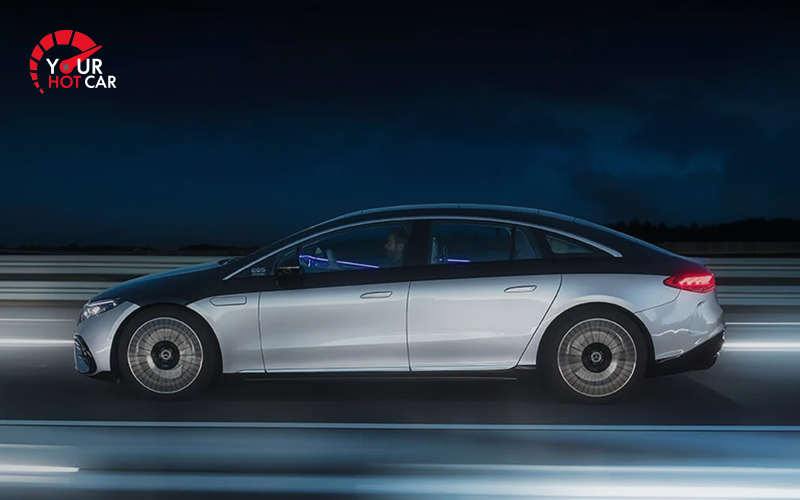When considering the right car for your needs, it’s important to look at the affordability and practicality of entry level models. The Dacia Spring and Hyundai Inster are great examples of competitively priced, cheap, and practical new electric cars with low running costs. The Dacia Spring is a new car, while the Hyundai Inster is a new model in the EV market, both offering buyers the latest features and value. Their starting price and list price make them accessible options for buyers seeking value and efficiency. When it comes to boot space, both models offer a practical amount for daily use, with boot space about the same size as a Volkswagen Golf with all seats up, making them suitable for most needs.
Calculating charging time and cost is pretty simple, as it depends on the battery’s kilowatt hour rating and the current electricity price. Electric cars use different types of batteries, and advances in battery technology can impact range, performance, and overall cost. The cost to charge an electric car depends on factors such as battery size, the specific model, and where you charge—at home, work, or public stations. Insurance costs, running costs, and the overall cost of ownership are also key factors when choosing your next car. Compared to diesel cars and petrol models, electric vehicles are often cheaper to run and have lower emissions. In particular, running an EV instead of a diesel car can significantly reduce your fuel costs and carbon footprint. Installing a home charge point is a practical solution for convenient and cost-effective daily charging, helping you control your electric bills and making EV ownership easier. New models and new technology are making electric cars more affordable and worth buying for a wider range of buyers.
Why Aerodynamics Matter for Electric Cars
When it comes to electric cars, aerodynamics isn’t just about looking sleek—it’s about squeezing every last mile out of your battery. As modern electric cars become more mainstream, most modern electric cars now achieve significantly improved range thanks to advancements in aerodynamic design. Manufacturers are in a race to design the best electric cars that can go further on a single charge. Why? Because the less air resistance your car faces, the less energy it needs to keep moving, and that means more range for your money.
Take the Tesla Model 3, for example. It’s not just one of the most popular electric cars on the market; its streamlined shape helps it achieve an impressive range of up to 326 miles on a single charge. That’s a big deal for anyone who wants to spend less time at the charging point and more time on the road. As the electric car market grows, expect to see even more focus on aerodynamic efficiency—because in the world of electric, every mile counts.
What Makes an EV Aerodynamically Efficient?
So, what separates an aerodynamically efficient electric car from the rest? It all starts with the shape. A smooth, low-slung body, a gently sloping roofline, and a carefully sculpted rear spoiler all help to reduce drag as the car slices through the air. But it’s not just about looks—features like active grille shutters, air curtains, and underbody panels are designed to keep airflow smooth and turbulence to a minimum.
The car’s weight and size also play a part. Generally, a lighter and more compact electric car will face less resistance, helping it achieve a better official range. Even the type of tires can make a difference, as low rolling resistance tires help the vehicle glide more efficiently. Take the Renault Scenic, for instance—a popular electric car with a sleek design that helps it achieve an official range of up to 406 miles. Many EVs are now designed to closely resemble real cars in both appearance and driving experience, enhancing their appeal. In short, every detail matters when it comes to getting the most out of your electric car’s range.
Key Factors Affecting Aerodynamic Efficiency in Electric Cars
Aerodynamic efficiency is one of the most important factors to consider when choosing an electric car, especially if you want to get the most out of every charge. The way a car slices through the air directly impacts its range, running costs, and even insurance costs. Modern electric cars like the Tesla Model 3 and Porsche Taycan are designed with sleek, streamlined bodies that help reduce drag, allowing you to travel further on a single charge and keep your electricity bills in check.
The shape and size of the car play a huge role in how efficiently it moves at motorway speeds. For example, the Renault Scenic combines a practical interior with a design that helps it achieve an impressive official range, making it a great choice for long journeys. The placement of the electric motor and battery also matters—by keeping the car’s weight low and balanced, manufacturers can improve both handling and aerodynamic efficiency. The Skoda Enyaq, for instance, uses clever engineering and features like a heat pump to reduce energy consumption, helping you save on costs while enjoying more miles between charging stops.
When searching for the best electric car, it’s worth looking beyond just the starting price. Consider how the car’s design, weight, and features will affect your day-to-day running costs and how suitable it is for your driving habits—whether that’s city commutes or frequent motorway trips. With the latest advancements in electric car technology, you can find models that offer both a practical interior and outstanding aerodynamic efficiency, making them ideal for everything from small town life to epic road trips. In short, focusing on aerodynamic design is a smart way to ensure your next electric car delivers the range, comfort, and low running costs you need.
The 12 Most Aerodynamically Efficient EVs on Sale in the UK
Looking for an electric car that’s as slippery as a race car in the wind tunnel? Here are 12 of the most aerodynamically efficient electric cars you can buy in the UK right now, each designed to maximize range and minimize energy use:
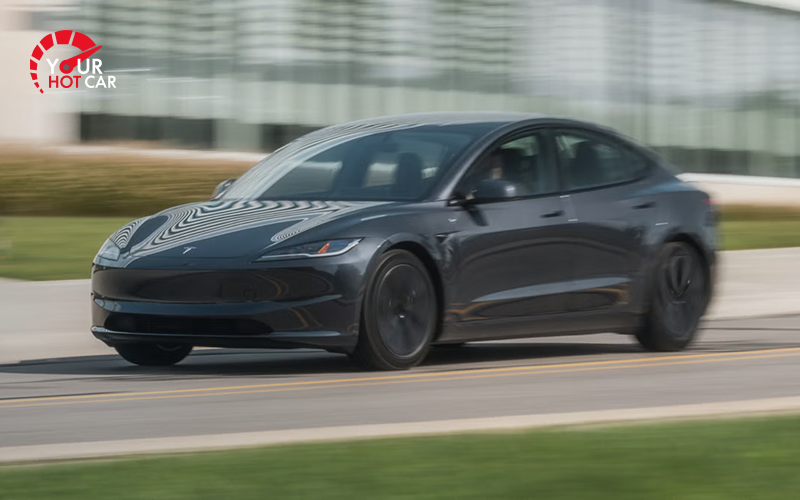

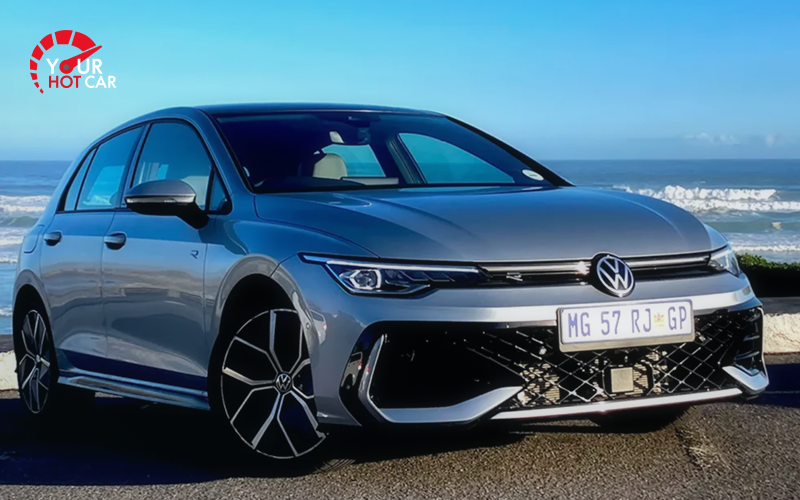
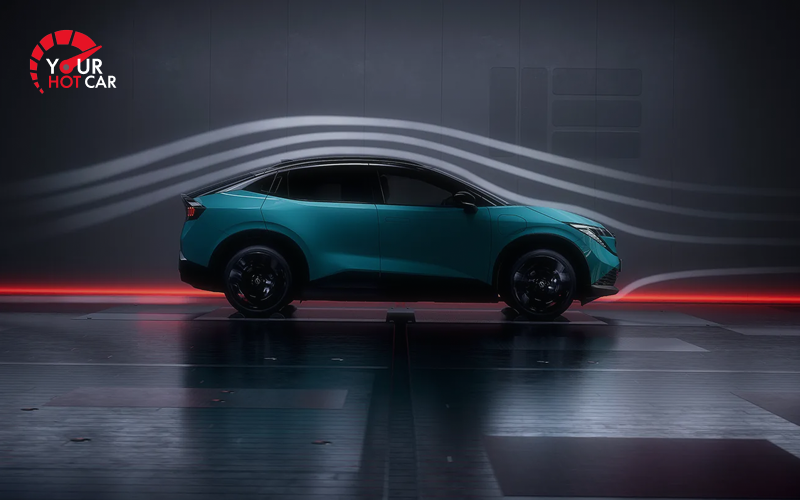
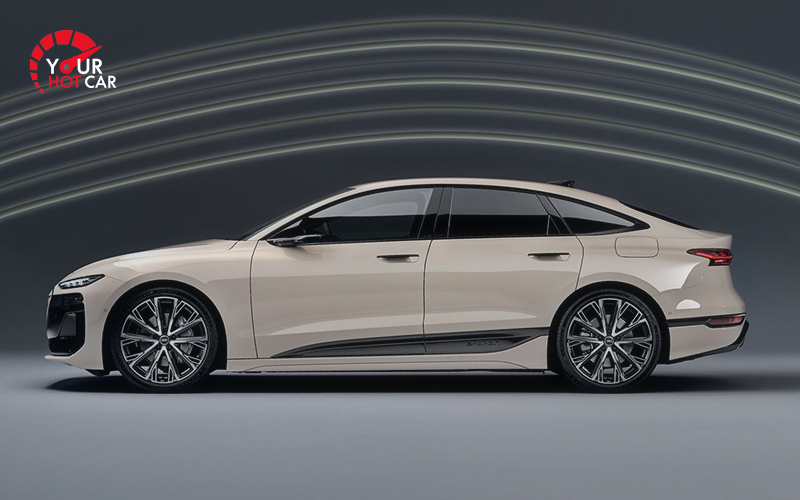
- Tesla Model 3 – With a drag coefficient of just 0.23, the Model 3 is a benchmark for aerodynamic efficiency and offers an official range of up to 326 miles.
- Hyundai Ioniq Electric – This compact electric car boasts a 0.24 drag coefficient and an official range of up to 194 miles.
- Volkswagen e-Golf – The e-Golf’s 0.27 drag coefficient and 186-mile official range make it a practical choice for town and motorway alike.
- Nissan Leaf – With a 0.28 drag coefficient, the Leaf remains a popular electric car with an official range of up to 239 miles.
- BMW i3 – This uniquely styled electric car features a 0.29 drag coefficient and an official range of up to 190 miles.
- Audi e-tron – The e-tron’s 0.27 drag coefficient and 246-mile official range make it a strong contender in the electric SUV market. The rear seats in the e-tron are comfortable and offer good adjustability, enhancing passenger comfort on longer journeys.
- Jaguar I-PACE – With a 0.29 drag coefficient and an official range of up to 292 miles, the I-PACE combines style and substance.
- Mercedes-Benz EQC – The EQC offers a 0.28 drag coefficient and an official range of up to 259 miles.
- Kia e-Niro – This compact electric car features a 0.29 drag coefficient and an official range of up to 253 miles.
- Peugeot e-208 – The e-208’s 0.28 drag coefficient and 217-mile official range make it a great entry-level model.
- Skoda Enyaq – With a 0.27 drag coefficient and an official range of up to 316 miles, the Enyaq is a practical electric SUV for families. It offers more space for passengers and luggage compared to some rivals, making it especially suitable for family and cargo needs.
- Porsche Taycan – The Taycan’s 0.25 drag coefficient and 279-mile official range prove that performance and efficiency can go hand in hand.
Whether you’re after a luxury limo or a practical family car, these models show that aerodynamic design is key to getting the most out of your electric car in the UK market. These cars are not only efficient but also fun to drive, with engaging designs and features that make every journey enjoyable.
New Electric Car Models: The Next Wave of Aerodynamic Innovation
The electric car market is moving at lightning speed, with new models arriving that push the boundaries of aerodynamic design. Modern electric cars are no longer just about zero emissions—they’re about maximizing every mile from a single charge. The best electric cars on the market, like the Tesla Model 3, have set new standards with their ultra-low drag coefficients, making them some of the most efficient cars you can buy.
But it’s not just Tesla leading the charge. The Porsche Taycan and Skoda Enyaq are perfect examples of how manufacturers are blending style, performance, and aerodynamic efficiency. These electric cars feature sculpted bodies, smooth underbodies, and clever airflow management, all designed to reduce drag and boost range. As the electric car market continues to grow, expect to see even more innovative shapes and smart features that help you go further for less. Many new electric cars now offer a large central screen, advanced infotainment system, and climate control as standard, combining touch controls with physical buttons for essential functions to create a modern, user-friendly interior. Whether you’re after a sporty saloon or a practical family SUV, the next generation of electric cars is set to deliver more range, better efficiency, and cutting-edge design.
Charging and Range: How Aerodynamics Boost Your Miles
Aerodynamics isn’t just about style points—it’s a game-changer for your electric car’s range and charging routine. The more efficiently your car moves through the air, the less energy it needs to maintain speed, especially at motorway speeds. That means you can travel further on a single charge, making long journeys and road trips less stressful and more affordable.
The efficiency of electric power and the power output of the vehicle also play a crucial role in determining how far you can travel on a single charge, as higher power can impact both performance and energy consumption.
Take the Tesla Model Y as an example. Its aerodynamic design helps it achieve a range of up to 315 miles, so you can spend more time enjoying the drive and less time searching for a charging point. And it’s not just about the shape—features like a heat pump, found in models like the Hyundai Kona Electric, help manage the battery’s temperature, boosting efficiency and range even further. In short, clever aerodynamics and smart tech mean you get more miles for your money, making electric cars a practical choice for everyday life and those big adventures.
Electric Vehicle Safety: Does Sleek Design Compromise Protection?
It’s a common question: does making an electric car more aerodynamic mean sacrificing safety? The good news is, you don’t have to choose between a sleek design and solid protection. Modern electric cars are built to meet the highest safety standards, with features like advanced airbag systems, reinforced battery packs, and robust chassis designs.
For example, the Tesla Model 3 and Audi e-tron have both earned top marks from Euro NCAP, proving that you can have both cutting-edge aerodynamics and peace of mind. The Porsche Taycan, with its strong battery structure and advanced safety tech, shows that even high-performance electric cars can offer exceptional protection. So, whether you’re looking for the best electric car for your family or your next high-tech ride, you can be confident that today’s electric vehicles deliver on both safety and style.
Electric Car Reviews and Comparisons: How the Top 12 Stack Up
Choosing the best electric car can feel overwhelming, especially with so many great options on the market. To make things easier, we’ve compared the top 12 electric cars, looking at everything from official range and charging times to interior comfort and running costs. Popular models like the Tesla Model 3 and Renault Scenic stand out for their impressive range and advanced tech, while entry level models such as the Dacia Spring and Hyundai Inster offer affordable ways to make the switch to electric.
If you’re after a luxury limo experience, cars like the Skoda Elroq and Porsche Taycan deliver premium features and smooth rides, but with higher insurance costs and starting prices. On the other hand, entry level models keep things simple and budget-friendly, with low running costs and practical interiors—perfect for small town life or city commutes. Our review also highlights the official range of each car, so you can find the right electric car for long journeys or everyday errands. No matter your budget or needs, there’s an electric car on the market that fits your lifestyle and helps you save on costs.
Finding the Right Aerodynamically Efficient EV for You
With so many electric cars to choose from, finding the right one can be a challenge—especially if you want to maximize your range and minimize your electricity costs. Aerodynamic efficiency is key: a car with a low drag coefficient will travel further on a single charge, making it ideal for long journeys or regular trips around town. Our guide to the top 5 most aerodynamically efficient electric cars includes standouts like the Tesla Model 3, Porsche Taycan, and Skoda Enyaq, all of which combine sleek design with impressive real-world range.
When shopping for your next electric car, consider how you’ll use it. If you’re planning lots of motorway miles, a model with a low drag coefficient and high official range will save you money and reduce charging stops. For town driving, a compact electric car with efficient aerodynamics can help keep running costs low. And don’t forget—simple changes like keeping your tyres properly inflated and removing roof racks when not in use can further improve your car’s efficiency. Whether you’re after a car for daily errands or epic road trips, focusing on aerodynamic design will help you get the most out of every kilowatt hour.
Conclusion: The Future of Aerodynamic EVs in the UK
The future of electric cars in the UK is looking brighter—and more streamlined—than ever. With the government’s plan to phase out diesel cars by 2030, the shift to electric is accelerating, and manufacturers are responding with new technology and ever more aerodynamic designs. From the Tesla Model Y to the Skoda Enyaq, today’s electric cars offer a winning combination of range, comfort, and style, making them a smart choice for drivers across the UK.
As the electric car market continues to expand, we can expect even more innovation in aerodynamic efficiency, helping drivers go further on a single charge and save money on running costs. Whether you’re already driving electric or just starting to explore your options, there’s never been a better time to make the switch. With more models, better range, and smarter designs arriving every year, the next generation of electric cars is set to transform the way we drive—making the roads of the UK cleaner, quieter, and more efficient for everyone.

